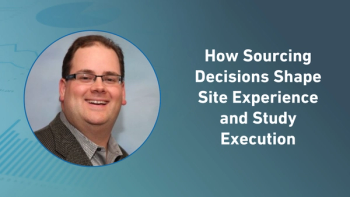
Non-Commercial Clinical Trial: An Underappreciated Source of Clinical Investigators
With the pharmaceutical industry looking for new investigators, a non-commercial clinical trial has become an under appreciated source.
Open Payments, a database mandated by the Sunshine Act, requires that all pharmaceutical and medical device companies report all their payments to certain medical professionals, including doctors. The reason for that payment must also be given. Any payment associated with a clinical trial must be associated with a specific protocol and be covered by a written agreement. The first year’s data, 2013 only covered a partial year. The releases for 2014, 2015, and 2016 cover the respective full year. Since 2013, 48443 US clinical investigators took part in industry sponsored clinical trials conducted in the United States and its territories. About 29.5% of these investigators did only one study between 2013 and 2016. So the number of active investigators is very close to 34,000. Nonetheless, the pharmaceutical industry is constantly looking for new investigators.
A potential source may be the investigators who conduct clinical trials for non-commercial organizations such as the NIH and universities. There are a large number of clinical trials, especially phase 2, sponsored by non-commercial organizations. At one end of a continuum, many of these experienced investigators may not wish to take part in commercially sponsored clinical trials. At the other end of the continuum, many of these investigators may already participate in the commercially sponsored studies. But given the size of this particular investigator pool, pharmaceutical companies may benefit from understanding this group of physicians, and by developing sustained programs to reach these physicians.
Non-commercial clinical trial activity is especially concentrated at phase 2. ClinicalTrials.gov data indicates that non-commercial sponsor organizations such as universities and hospitals concentrate their activity in phase 2 studies. Larger more expensive phase 3 clinical trials are done more often by pharmaceutical companies and probably large public organizations such as the NIH. Commercial phase 3 studies are generally larger, with over twice as many sites as non-commercially sponsored studies. Critically though, almost all the sites in non-commercial studies are located in the United States in contrast to commercially run phase 3 clinical trials. There may be a potentially rich pool of underutilized investigators working on clinical trials sponsored by organizations besides pharmaceutical companies.
Phase 2 and Phase 3 Studies Initiated
in 2016 by Type of Sponsor
Commercially Sponsored
Not Commercially Sponsored
Phase 2
509
702
Phase 3
487
143
Newsletter
Stay current in clinical research with Applied Clinical Trials, providing expert insights, regulatory updates, and practical strategies for successful clinical trial design and execution.




